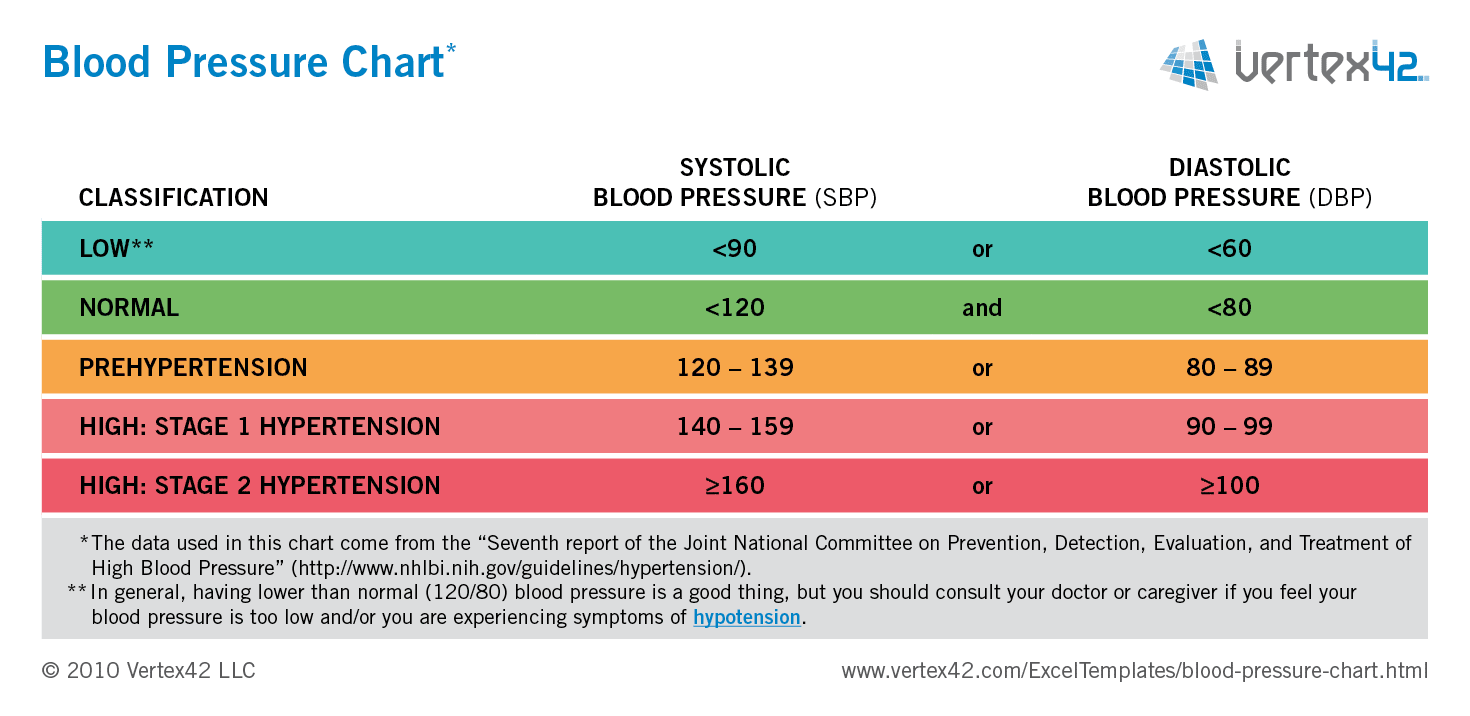

Other factors, such as diet, exercise and smoking can be addressed through lifestyle changes to reduce your risk for high blood pressure.Īfter 65, women are more likely than men to get high blood pressure. You can't control some risk factors, such as age, ethnicity and gender. High blood pressure can be caused by many factors. It’s always important to tell your doctor or pharmacist about any supplements or over the counter medicines you are taking.What can I do to control my blood pressure? Magnesium supplements can interfere with other medicines you may be taking, including antibiotics, diuretics, osteoporosis medication, and medicines for acid reflux or stomach ulcers. Having too much magnesium from a supplement can cause diarrhoea, nausea, and stomach cramps.

You can’t get too much magnesium from your food, but it is important not to take more than the recommended dose of a magnesium supplement. Health problems that can be helped by taking a magnesium supplement include constipation, indigestion, high blood pressure during pregnancy, magnesium deficiency, irregular heartbeat, and the risk of cerebral palsy in pregnancy. If you have a magnesium deficiency or certain health problems, your doctor may recommend you take a magnesium supplement. People who are especially at risk of not getting enough magnesium are people with diseases like Crohn’s disease and coeliac disease, people with type 2 diabetes, older people and people who have alcoholism. Most young children in Australia get enough magnesium, but more than 1 in 3 people don’t get enough magnesium every day. If you have a high fat diet, you might absorb less magnesium from your food. rolled oats, cooked in unsalted water, 100g - 29mg.The amount of magnesium that each food item has is shown in milligrams (mg): You can get magnesium from the following foods. Tap, mineral, and bottled waters can also be sources of magnesium, but how much magnesium they contain depends on the brand. Some good sources of magnesium include leafy green vegetables - such as spinach - legumes, nuts, seeds and whole grains. As a general rule, foods that are high in fibre provide magnesium. Most people get all the magnesium they need from food. Many foods contain magnesium, but the main sources in Australia are cereals and non-alcoholic drinks like coffee and water.


 0 kommentar(er)
0 kommentar(er)
